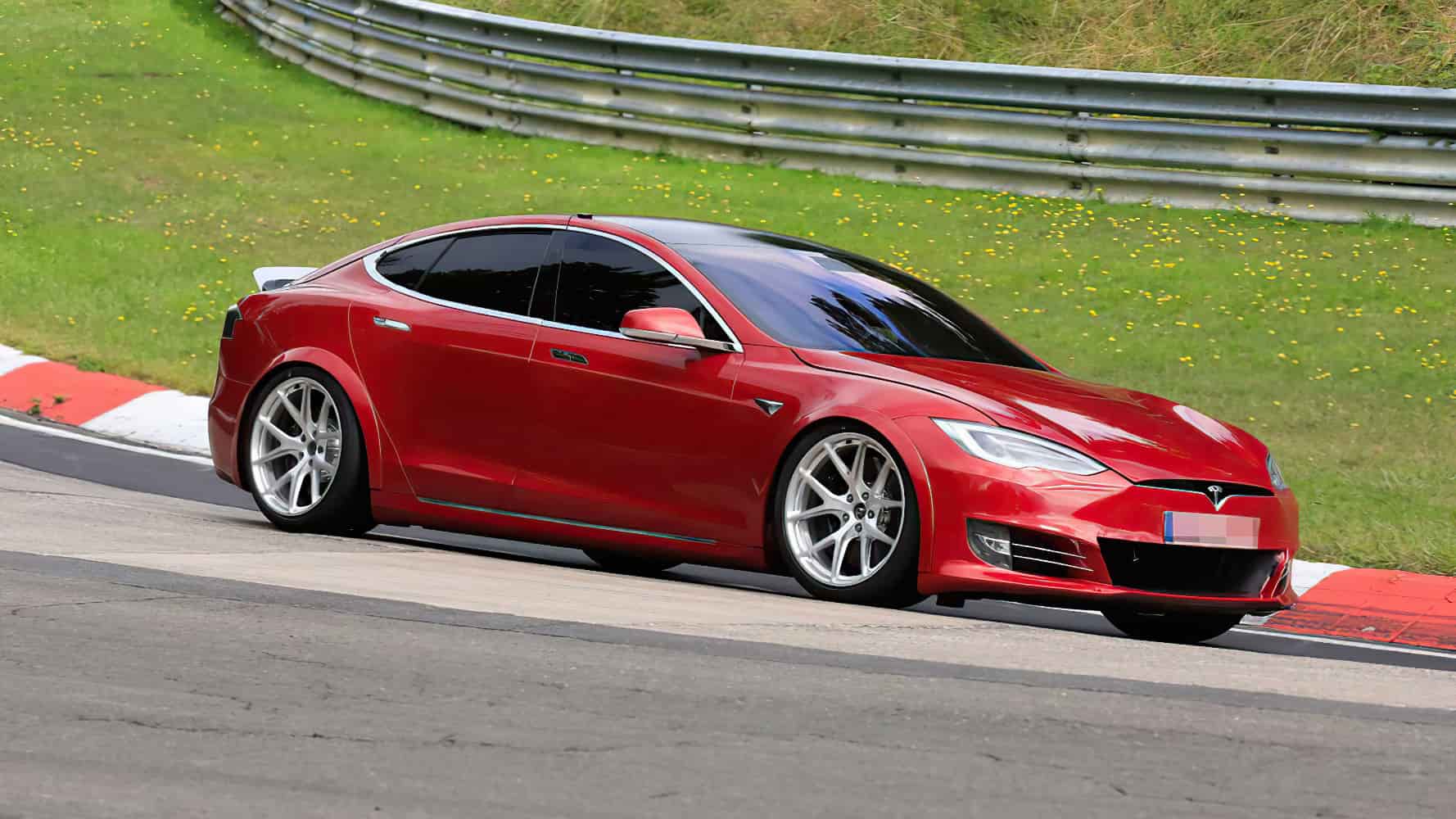The batteries are not easy to cool due to the thermal path radially through the sides. The center of the battery can be far hotter than the perimeter. I think Rivian uses 2170's which are known to have even more difficulty with heat transfer issues vs 18650's due to the larger diameter. As I understand it, even full immersion cooling with "jets" of oil that actively cool the cells is insufficient under high rate charge/discharge conditions.Actually, after the Rivian towing thread, I was wondering why EV cooling for a vehicle that can tow is not up to the same design standards as ice vehicles? Ice puts out a lot of heat, but they cool it down. I guess it is 100 year old companies who have been building trucks as long as there have been trucks, they know how to build trucks. As in trucks that tow up hills.
Tesla developed the 4680 "tabless" cell to help address some of these issues. Not only can the cell produce and charge with far more current without heating up, but these cells can be configured to transfer heat through the bottom and sides.
Worth reading:
https://www.enpowerinc.com/tesla-battery-day-enpowers-take/
Last edited:


